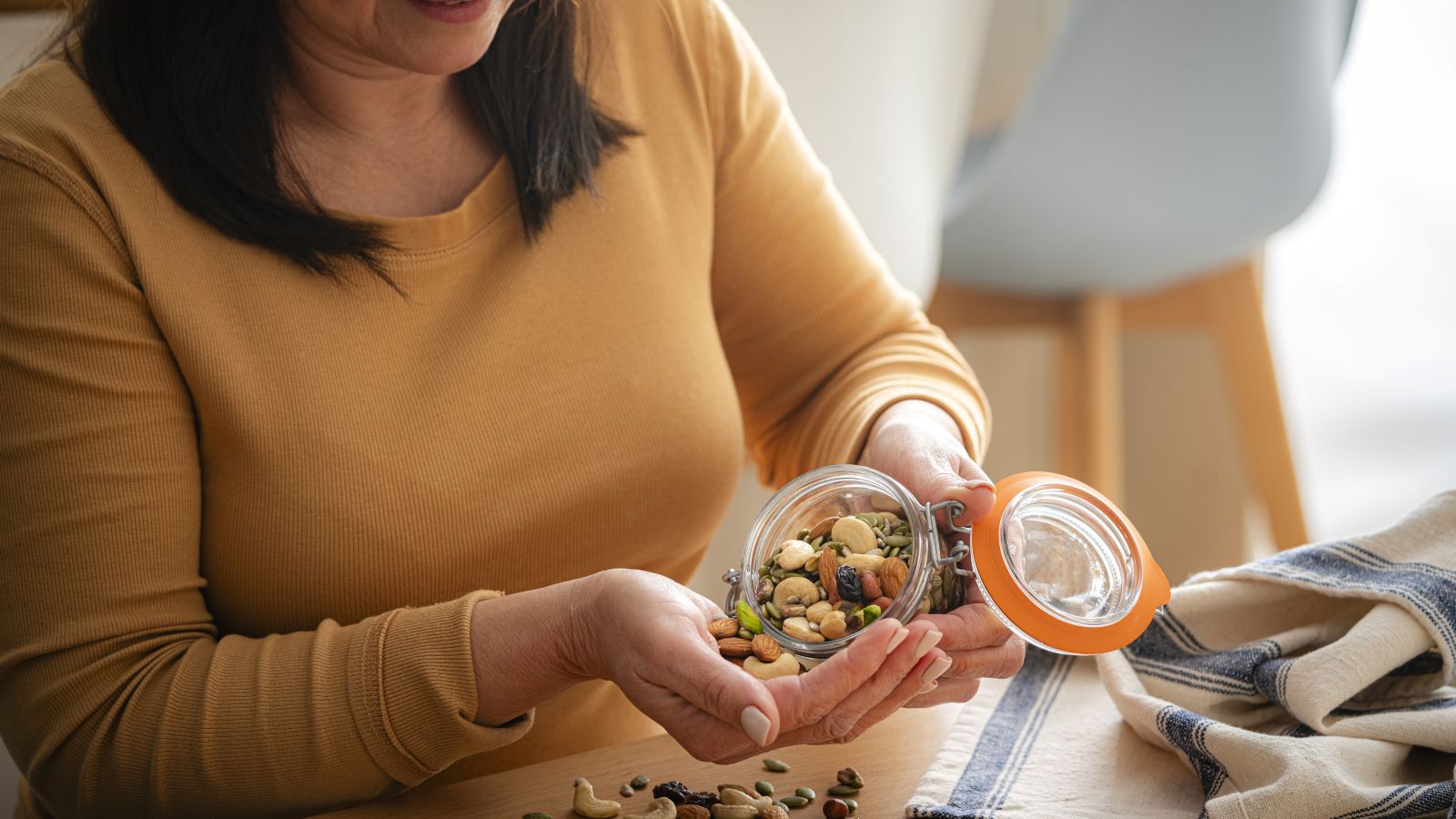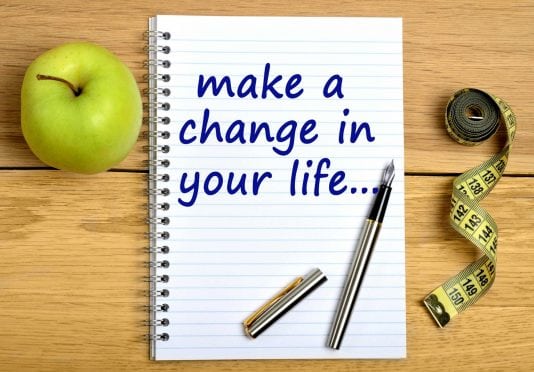It’s not the flashiest part of your diet. But from keeping digestion on track to lowering cholesterol, fiber quietly does a lot for your body.
Not sure how much fiber you actually need to keep things running smoothly?
Here’s what you need to know — and a few easy ways to get more fiber in your diet.
Virtual care - when and where you need it
Fiber affects more than you think.
It isn’t just about keeping things moving – fiber actually plays a much bigger role in your health.
“Fiber helps regulate blood sugar, supports heart health and feeds the good bacteria in your gut,” says Shannon Haynes, RD, a registered dietitian with Hartford HealthCare at Backus Hospital. “When you’re getting enough fiber, your whole digestive system tends to work better.”
Some studies have even linked high-fiber diets with lower risks of chronic conditions like heart disease, diabetes and certain types of cancer, especially gastrointestinal cancers like colon.
> Related: Do Supplements Actually Work?
So, how much do you actually need?
It depends on your age and gender, but the general recommendations are:
- Women: about 25 grams per day
- Men: about 38 grams per day
“Most people get less than half of that,” says Haynes. “It’s one of the most common nutritional gaps we see.”
Not sure how to do it?
“The best way to tell if a food is a good source of fiber is if it has two to three grams of dietary fiber per serving,” Haynes adds. “That’s a great place to start.”
Want a Weekly Dose of Health News?
Here’s what that looks like on your plate.
It isn’t about obsessively counting grams and measuring food to hit your fiber goals. Instead, focus on filling your meals with a few key foods.
Here are a few high-fiber options:
- Whole grains like oats, quinoa and whole wheat bread
- Beans and lentils
- Fruits like raspberries, pears and apples (especially with the skin on)
- Vegetables, especially leafy greens and cruciferous ones like broccoli
- Nuts and seeds
“Aim to include both a fruit and a vegetable, or instead one to two cups of vegetables, with every meal,” says Haynes. “And include one or the other with every snack. When it comes to carbs, go for whole grains as often as you can.”
> Related: 5 Reasons to Eat More Quinoa
Small changes are key.
If your current fiber intake is low, you don’t have to double it overnight.
“Adding too much fiber too quickly can cause gas, bloating and discomfort,” Haynes cautions. “Instead, make small changes to increase it gradually. Drinking plenty of water can also help your digestive system adjust.”
Start with a few simple changes – swapping brown rice for white, sprinkling chia seeds on yogurt or oatmeal, or tossing an extra handful of veggies into your pasta.
“If the flavor of whole wheat pasta is too much, you can start by combining half whole wheat pasta and half white pasta – it’s okay to mix the two. They just might have different cooking times,” Haynes notes. “Same with bread, you can do half white bread and half whole wheat. There are no rules!”



